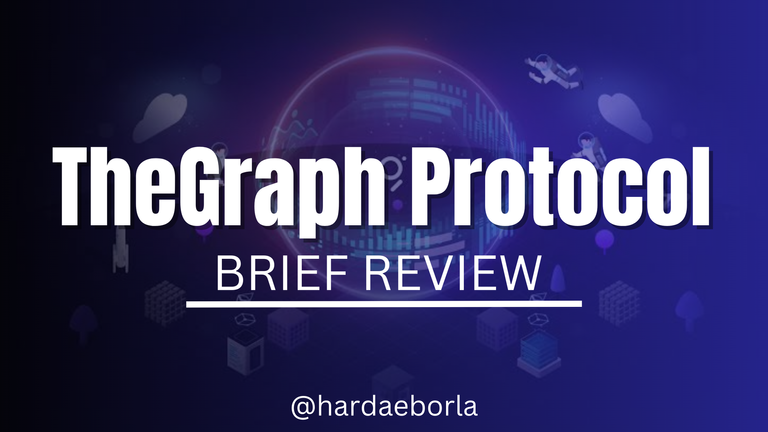
Hello Everyone!!! I hope you are having a great time over there? It's really nice to see you visit my blog today and I must say I'm really happy to have a great personality like you visiting my blog today 😊. Thank you once again 💕❤️
There's definitely no doubt when it comes to Blockchain Indexing, The Graph Protocol comes into the picture as it has been one of the most utilized tool used for querying and Indexing data on Ethereum Blockchain and other supported Blockchain. Well, you actually don't need to feel astonished if you are just reading or hearing about The Graph for the very first time as i will be sharing with you important things you need to know about The Graph Protocol.
A Brief Review About The Graph
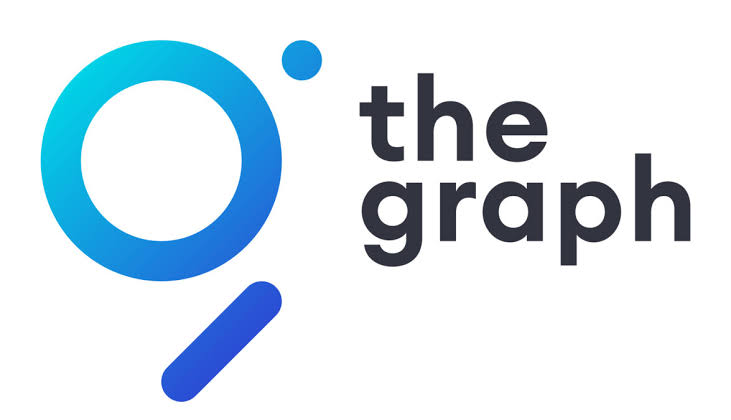
Let's assume you have a 1000 pages textbook and you are trying to look for a particular topic or subject title from the textbook, one of the best ways to go about this is by making use of the text book index or table of content which is mostly situated at the top pages (beginning) of the textbook and you start searching for the topics you need easily and navigate to the pages as indicated in the textbook index or table of content.
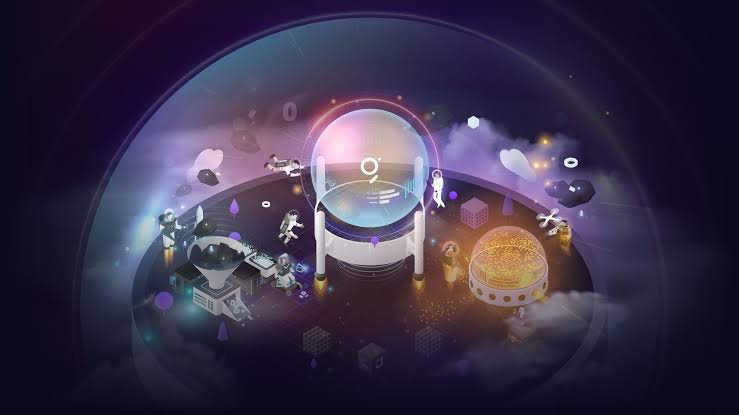
Now let's apply the same principle to The Graph, we can look at The Graph as a tool which can be used to Index and query Blockchain Data. There are numerous activities and transactions happening on the blockchain, getting specific information about a wallet address ascribed to a Blockchain can become so worrisome and stressful, some people will even say it's impossible to achieve that but with The Graph, no data is impossible to Query on supported blockchain. This gives you access to well detailed information directly on the Blockchain the same way you can easily find a specific topic or information from the index of a 1000 pages textbook as explained in the previous analogy.
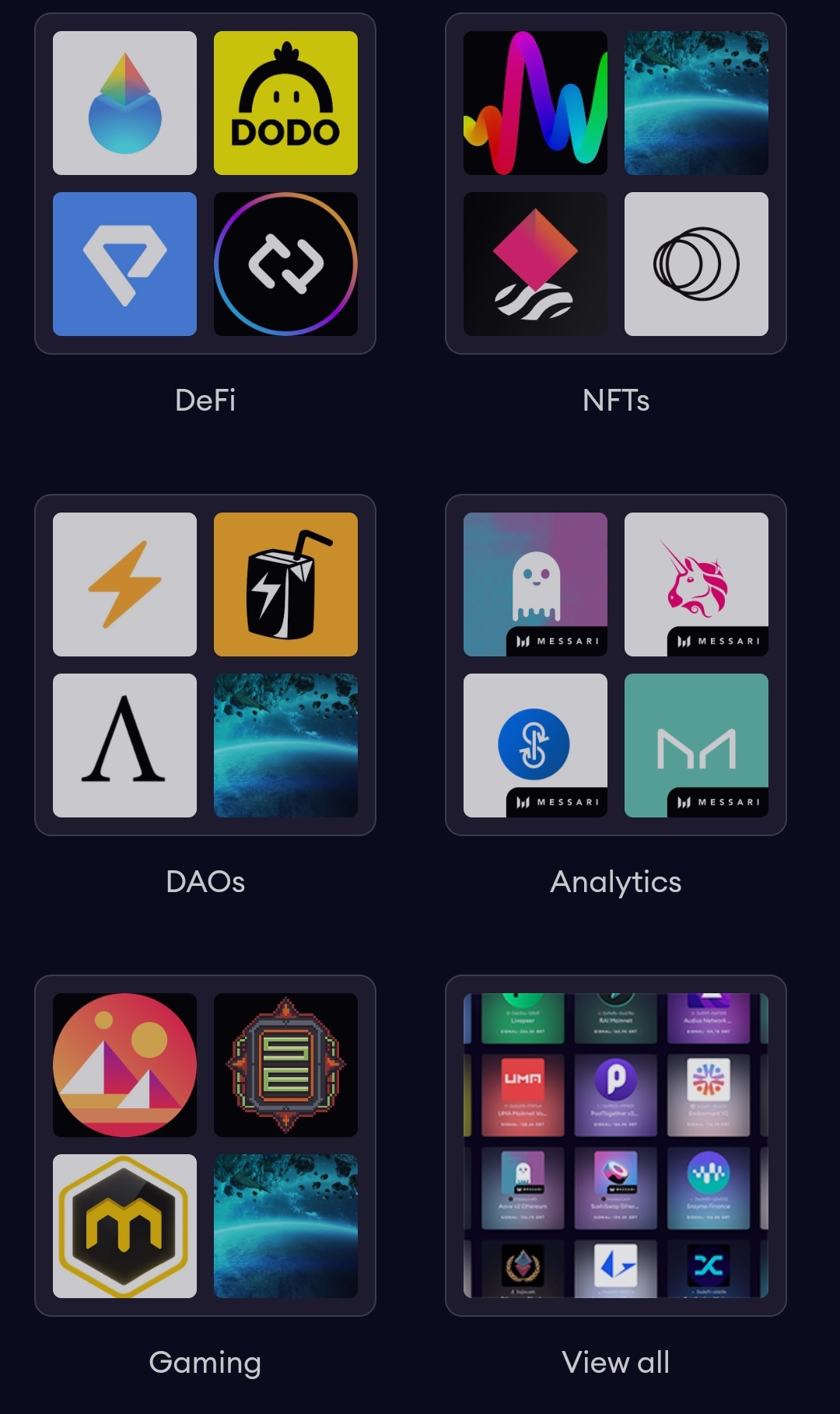
The Graph serves as a decentralized protocol designed to index and retrieve blockchain data which enables easy querying of complex data or information. An alternative approach would involve setting up your own server, handling transaction processing, storing data in a database and most importantly creating an API endpoint for data queries. Nevertheless, this method is demanding on resources, requires ongoing maintenance, introduces a potential single point of failure and compromises crucial security aspects necessary for maintaining decentralization.

This simply connotes that The Graph will help facilitates efficient indexing and querying of blockchain data, offering an alternative to resource-intensive and centralized data processing methods.
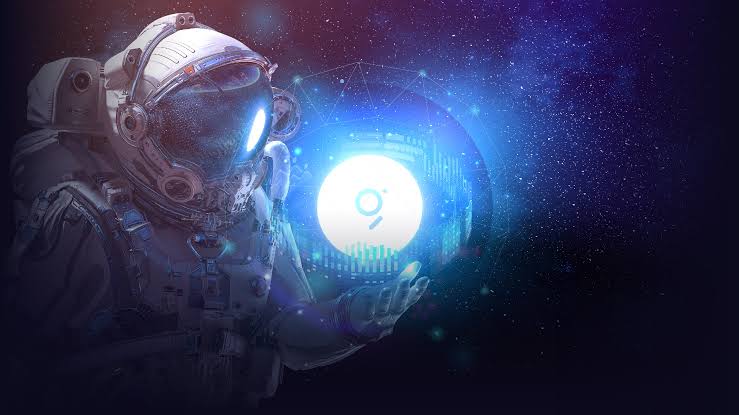
Since we now have little understand of what The Graph is all about, it's high time we looked at the working process of The Graph. This will enable us have deep understanding about The Graph working principle and hence, boost our comprehensive knowledge about The Graph.
The Graph Protocol Working Principle
I'll be explaining The Graph working principle using the Data Flow image as seen in the below image.
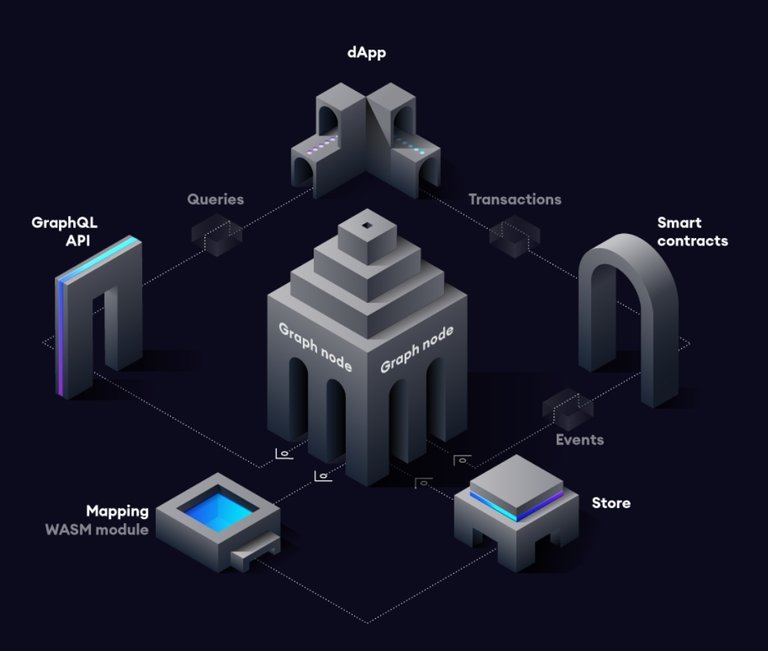
Its functionality involves a dapp contributing data to Ethereum by means of a transaction executed on a smart contract. During this transaction processing the smart contract emits one or more events. Graph Node consistently scans the Ethereum network for new blocks and the associated data of your subgraph that these blocks might hold. Within these blocks, Graph Node identifies Ethereum events relevant to your subgraph and then executes the mapping handlers you supplied. The mapping which is a WASM module is responsible for generating or modifying data entities stored by Graph Node in response to these Ethereum events. The dapp retrieves blockchain-indexed data by querying Node through its GraphQL endpoint. The Graph Node then translates these GraphQL queries into queries for its foundational data store, leveraging its indexing capabilities to retrieve the data. This information is presented through an elaborate UI to end-users enabling them to initiate new Ethereum transactions and the repetition of the cycle keeps occurring as required.
The Graph Native Token (GRT)
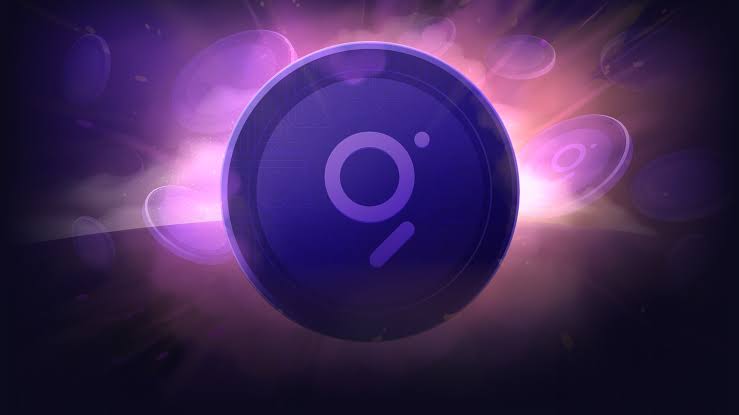
The Graph native token is known as a GRT and this particular crypto plays a vital role in The Graph with multiple use cases. (GRT) stands as a decentralized cryptocurrency, boasting various applications. It fosters a community-oriented, open ecosystem, delivering indexing and query possibilities to DApp developers.
GRT can be used to perform the below operations on The Graph Protocol
- Staking
- Indexing
- Curating
- Community Rewards
- Governance Voting
- Grants
- DAO
GRT can be bought and traded on supported exchanges such as Binance, Kucoin, Okex, Gate, Poloniex, Etoro and many others. You can learn more about The Graph native currency GRT here
The Three Major Players In The Graph Ecosystem

protocol involves multiple players such as Indexer, Curators, Delegators, Fishermen, Consumers, Arbitrators as they work together to access and organise data using subgraphs. I will be sharing brief description about three major players which are listed below;
#1 Indexers
Indexers within Network are node operators who utilize Graph Tokens (GRT) to offer indexing and query processing services. Through this, they receive query fees and indexing rewards. Additionally, they are entitled to query fee rebates based on an exponential rebate function. Indexers choose which subgraphs to index by considering the curation signal of the subgraph.
#2 Curators
Curators play a vital role in the decentralized economy of . They leverage their understanding of the web3 ecosystem to evaluate and endorse subgraphs for indexing within The Graph Network. Utilizing the Explorer, curators can access network data, aiding them in making informed signaling decisions. When curators signal, they have the option to signal for a particular subgraph version or utilize auto-migrate. With auto-migrate, a curator's shares are automatically moved to the most recent version released by the developer. This streamlines the process of staying aligned with the latest developments.
#3 Delegators
Delegators are individuals in the network who delegate or stake their GRT to one or more Indexers. They contribute to network security without needing to operate a Graph Node themselves. It is also important to note that by delegating to an Indexer, Delegators can earn a share of the query fees and rewards collected by that Indexer. This allows them to benefit from the Indexer's activities in the network.
In Summary and Conclusion
The Graph Network serves as a decentralized indexing protocol designed to structure blockchain data. In this framework, applications utilize GraphQL to interact with open APIs named subgraphs. These subgraphs enable the retrieval of indexed data from the network. By leveraging The Graph, developers have the opportunity to create serverless applications that function solely on public infrastructure. This approach enhances efficiency and scalability in application development.Reference Links
- https://The Graph.com/
- https://The Graph.com/docs/en/about/
- https://docs.The Graph.academy/official-docs/indexer/indexers
About Me
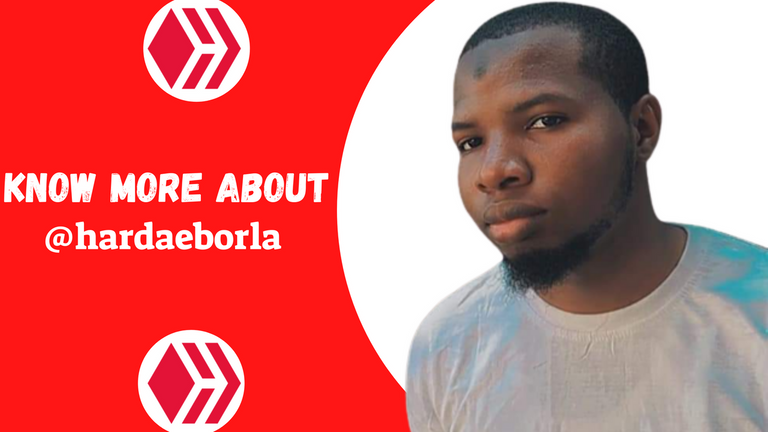
I am Adebola by name and I'm also a graduate of Agricultural Engineering (BSC). I am someone who cherish self development and being productive is in my DNA, this is why I am always open to learning from anyone and I love making research. I have been in the crypto space for the past five years and my level of enthusiasm for cryptocurrency and blockchain technology keeps increasing day by day. My hobbies are reading, writing, eating, engaging in agricultural operations, travelling, designing and blogging. My skills include Content writing, Graphic Design, UI/UX (Product) Deisgn, Copywriting, Internet Marketing, Blogging, Research and Coding (Novice). Feel free to connect with me via;
Email
Telegram
Discord: Hardaeborla#103
Twitter
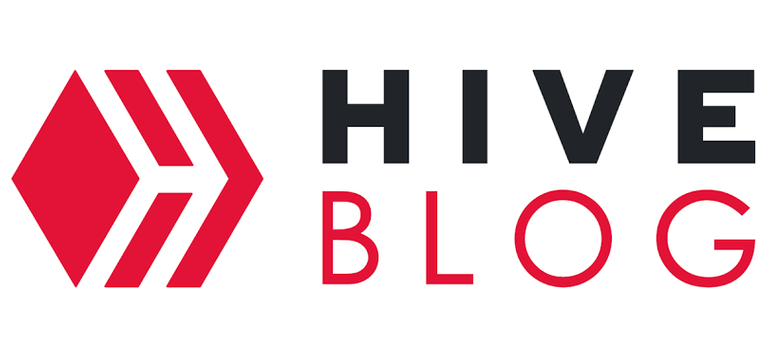
If its your first time here?? Start blogging on Hive and start earning free Hive tokens and HBD.
Hive : This is a native cryptocurrency used to reward Hive bloggers. Hive has a thriving ecosystem of over a hundred apps, communities & projects and is home to some of the most-used Web3 apps in the world, such as @splinterlands, @peakD, @HiveBlog, @leofinance and many others.
HBD : Hive Backed Dollar is the stable coin used on Hive blockchain. It is pegged to the price of one US dollar and users can earn 20% APR on HBD savings.
Learn more about Hive blockchain here
Thank You for your time and I hope you have a great day ahead with love from @hardaeborla
💕❤️💕❤️💕
💕❤️💕❤️💕



